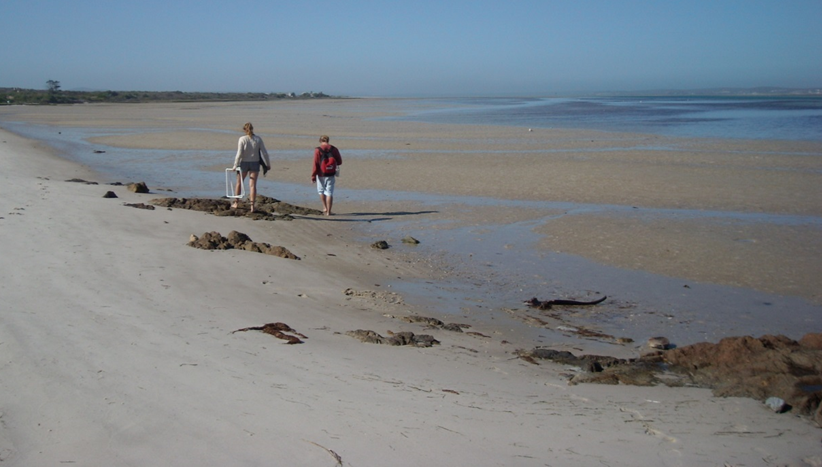Sharing the same space – interactions among invaders
The rates at which invasive species invade new areas are increasing now more than ever. As more invasive species are introduced around the globe, many invaders co-exist in the same areas.

The rates at which invasive species invade new areas are increasing now more than ever. As more invasive species are introduced around the globe, many invaders co-exist in the same areas.
Invasive alien plants can change the amount of rainwater that reaches rivers and streams. Some researchers found that there is a large impact, with substantial increases in water uptake and reduced volumes of water in rivers, while others found little or no impact.

C·I·B core team member, Olaf Weyl, was appointed as Honorary Professor in the Department of Ichthyology and Fisheries Science (DIFS) at Rhodes University, Grahamstown.
Savannah Nuwagaba has been awarded one of the prestigious Faculty for the Future Fellowships from the Schlumberger Foundation to support her PhD research in mathematical modelling of ecological systems.

The West Coast National Park (WCNP) is a unique marine protected area along the west coast of South Africa. Unfortunately the park faces many threats including pollution, urbanization, industrialization and invasion by marine alien species. One such an alien species is Sagartia ornata, a sea anemone native to the Mediterranean, Britain and Western Europe.